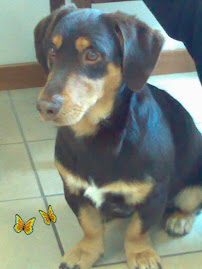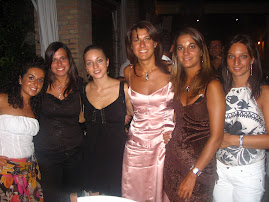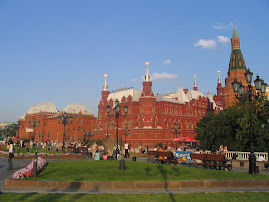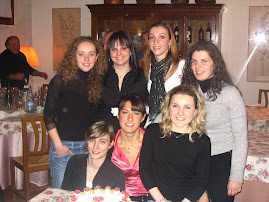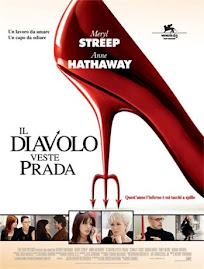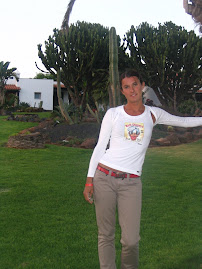
During our last lesson in the Lab, Sarah talked to us about the PLE (Personal Learning Environment). Luckily for us, it's not a tool or another technological "engine" provided but the Net! No, it doesn't. As Sarah explained, it's simply an idea, a kind of project that a group of researchers developed to help students thinking about "new approaches to using technologies for learning".
According to these studies (Cross, 200) the majority of what we learn is "informal learning" (80%); it means that this process takes place outside institutional contexts in different periods and in different way of anyone's life. Every kind of learning (language learning as in our case, but there are other innumerable things to learns) takes place in different contexts and situations, and I think that it's completely wrong to limit our knowledge in a "formal learning".
Therefore, it's time for me to start thinking about the ways I used to learn languages up to now and organized my previous experiences in an orderly manner.
Therefore of my PLE (see the ink below) is divided in 5 categories with are, more or less, the 5 main contexts where I usually come in contact with languages in a "incidental way"(sorry or this expression; I'm not so sure if it's correct in this context!). There are:
Contacts;
Materials;
Experiences;
Self-production;
Personal curiosity.
Each of these groups has several "subgroups" and some of them are then repeated in other categories. This means that the PLE is not a static and close scheme of learning skills, but an "attempt" to link experiences and tools for learning together in a structured way.
Anyway, in my opinion, the most important "category" among these I select, is the one called "contacts". I think that, especially for foreign languages the best way to learn something is oral practice. Grammar rules are useful only at the beginning but only with a constant interaction with the foreign culture; the learner can test himself and improve his language abilities.
